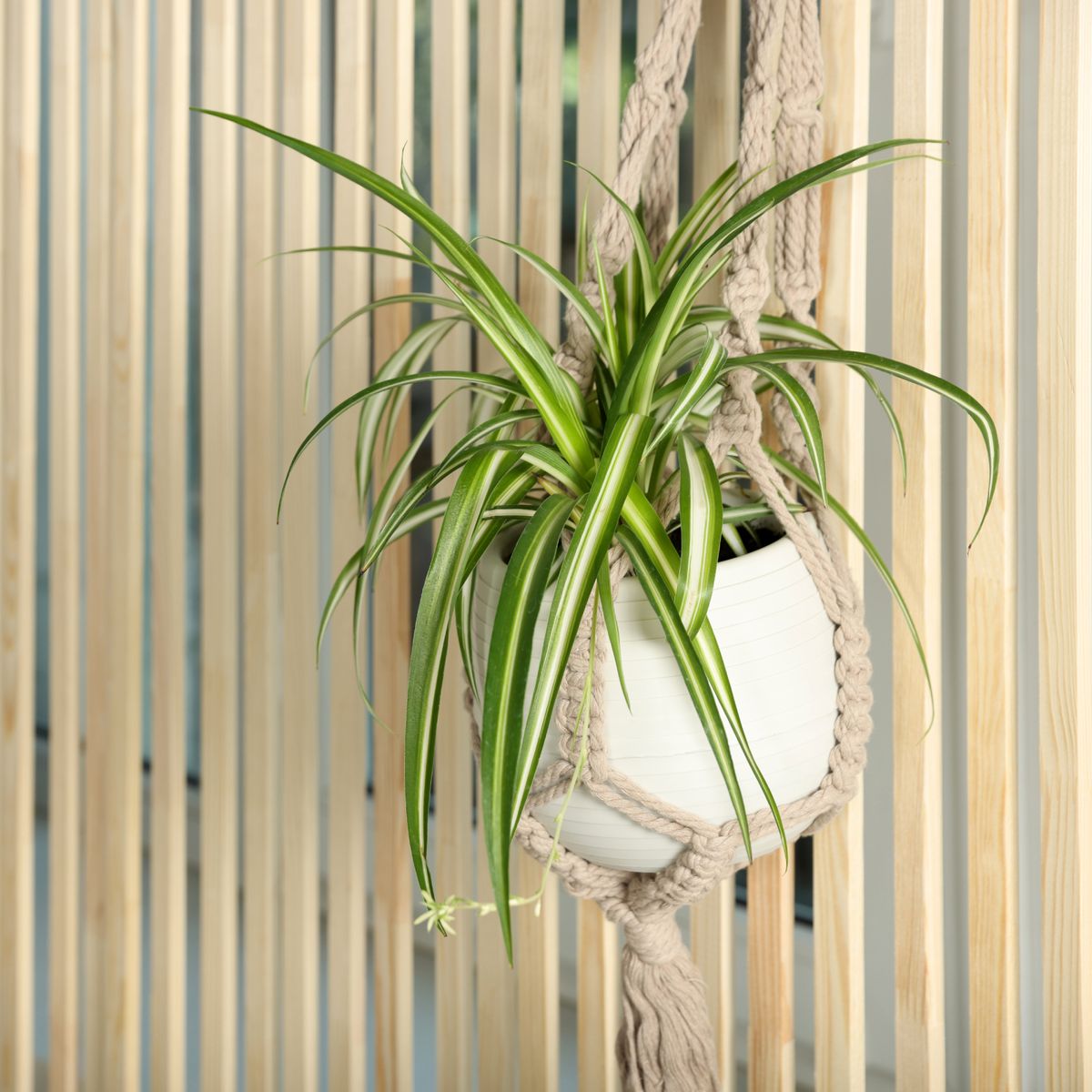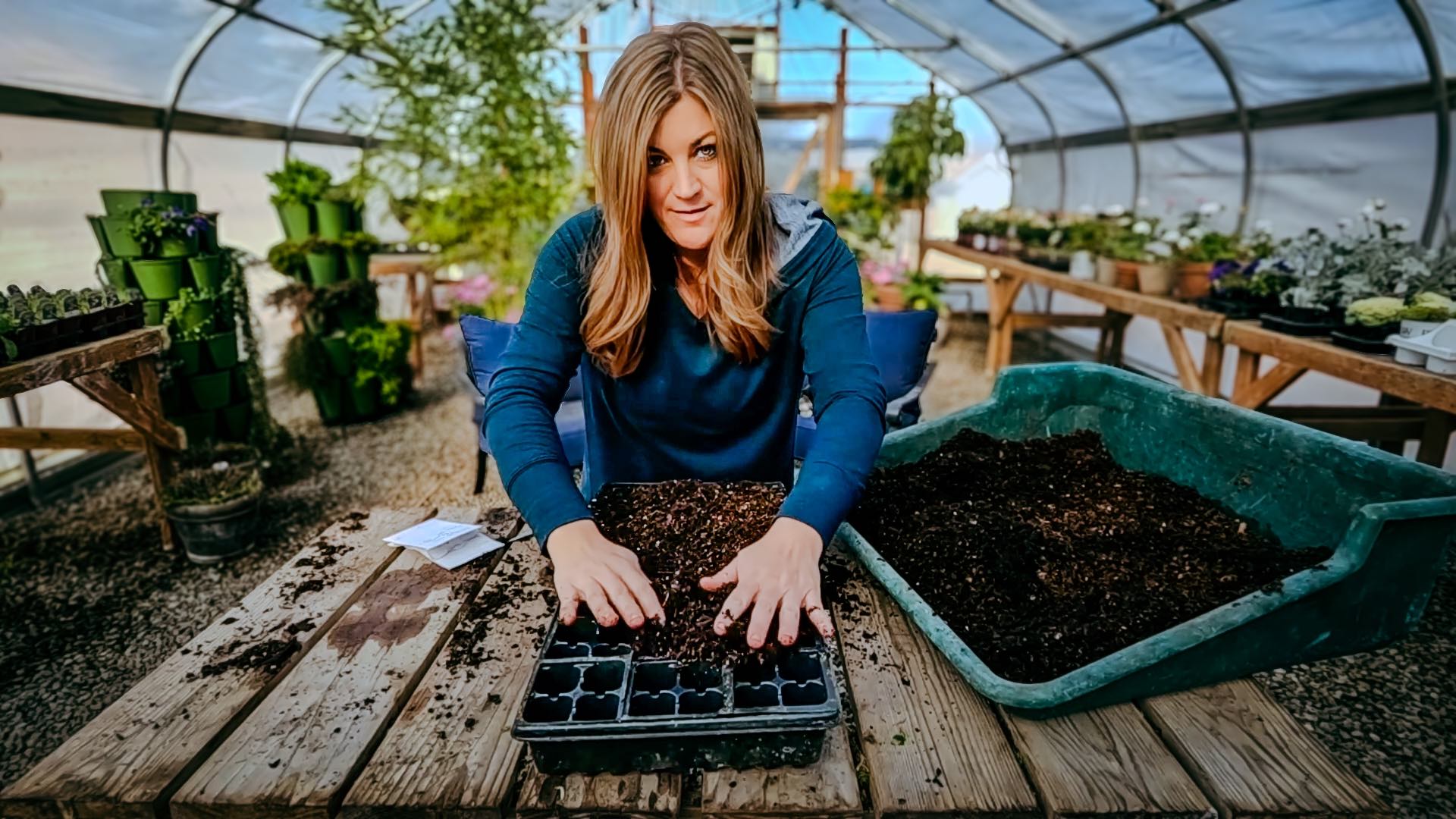[ad_1]
Have you ever wondered why some plants bloom in the spring, in the summer, and others during the fall?
Or why certain species even flower in the dead of winter (thank you, hellebores!)?
Have you ever mused about what would happen if you took a spring flowering plant in the northern hemisphere and moved it to the southern hemisphere?


Would it keep blooming at the same time of year now that spring has become autumn?
Perhaps you are curious about why you can never get your lettuce to keep growing through the summer, even when the temperatures are sufficiently cool.
If any of these questions have ever crossed your mind, you’re pondering a phenomenon known as photoperiodism.
Photoperiodism influences both plants and animals.
It’s the reason that hummingbirds breed and migrate when they do and why hostas send up their flower stalks in early summer rather than the fall. Isn’t nature cool?
If you’re curious about this process and want to know more about it and even how you can manipulate photoperiodism to your advantage, here’s what we’ll go over:
What Is Photoperiodism?
In a nutshell, photoperiodism refers to the response of a plant or animal to the amount of sunlight and darkness that it is exposed to.
As you have probably noticed, the days grow longer during the spring and shorter during the fall. The shortest day of the year is in early winter, December 21 in the Northern Hemisphere and June 21 in the Southern Hemisphere.


But plants don’t have calendars. They use light, among other environmental conditions like temperature, to tell them when it’s the right time of year to start the growth or flower cycle.
That’s where photoperiodism comes in.
When the days are long and the nights are short, some species are triggered to start flowering.
Technically, it’s the length of darkness that triggers this growth. The amount of daylight – or lack of it – is what can signal to a plant that they should hurry up and start reproducing via flowering.
Scientists believe it’s to ensure that plants will be blooming when the necessary pollinators are around.
It also helps ensure that the plant sends out blossoms during the time of year when they won’t be killed by extreme temperatures.


As an aside, researchers and botanists are concerned that some plants aren’t adapting their photoperiods to go along with the lengthening of the seasons that is occurring as a result of climate change.
Since daylight hours aren’t changing even though the temperatures are, plants might end up flowering at a time of year when their primary pollinators aren’t around.
That’s because insects and other pollinators are adjusting to accommodate the climate as spring starts earlier and the fall starts later in many areas.
So a bee might emerge and start feeding weeks earlier than it used to, and not be around when the plant that needs it for pollination is in bloom.
Can You Manipulate It?
You betcha! Greenhouse and houseplant growers manipulate photoperiods all the time.
It can be done to speed up maturation for harvest, encourage flowering outside of their typical period, and more.


For these purposes, artificial light is close enough to sunlight to convince plants that it’s time to start blossoming. To simulate longer nights, growers use black cloth to block light.
Generally, you want to increase the “daylight” gradually rather than just doing it all at once.
I have forced plants using this method when I want to have a specimen ready for a teaching opportunity, to get a headstart on the growing season, and to have food growing during the winter.
So it isn’t just professional growers who can take advantage of manipulating day length.
The Five Categories
For ease of communication, we group photoperiodism into five categories:
1. Obligate Long-Day
Obligate (or qualitative) long-day plants require long day lengths and short nights to flower.
In other words, they won’t flower at all if the days aren’t long and the nights short.


Any plant that only blooms when the days are longer than the nights are in this category. If I were a plant, this is where you’d group me, too.
Bachelor’s buttons (Centaurea spp.), dill (Anethum graveolens), fuchsia (Fuchsia spp.), and sweet pea (Lathyrus spp.) are some examples of obligate long-day species.
2. Facultative Long-Day
Facultative long-day plants prefer long days and short nights. But unlike obligate long-day types, they will still flower no matter what.
They’ll just flower earlier in the year if they have the daylight conditions they prefer.
Examples of species in this category include African daisy (Dimorphothica spp.), basil (Ocimum basilicum), pansy (Viola spp.), and snapdragon (Antirrhinum spp.).
3. Obligate Short-Day
Obligate short-day plants are the opposite of obligate long-day plants. They only flower when the nights are longer than the day.
When the nights are over 12 hours long, that’s when they shine.
Obligate short-day species include African marigold (Tagetes erecta), cosmos (Cosmos spp.), holiday cacti (Schlumbergera spp.), and zinnia (Zinnia spp.).
4. Facultative Short-Day
Facultative short-day plants can flower regardless of the daylight, but they will flower earlier when the days are short and nights are long.
This category encompasses species like cotton (Gossypium spp.), soybeans (Glycine max), and rice (Oryza spp.).
5. Day-Neutral
Then there is the day-neutral category.
As the name suggests, these are plants that couldn’t care less about what the daylight hours are doing, provided they have enough sun exposure, which varies according to species.
Begonia (Begonia spp.), cucumber (Cucumis sativus), dianthus (Dianthus spp.), impatiens (Impatiens spp.), and tomatoes (Solanum lycopersicum) are some examples of day-neutral species.
The vast majority of herbaceous annuals have photoperiod requirements, while a bit over half of woody perennials do. If a plant flowers only in the spring or fall, there’s a good chance that it isn’t day-neutral.
Most of the time, all species within a genus share the same photoperiod requirements, but there can be one-offs or exceptions. And researchers aren’t always certain about how to classify every plant.
For example, French marigolds are day-neutral, but some cultivars, such as ‘Naughty Marietta’ aren’t. This particular cultivar is facultative short-day.
African marigolds are usually considered obligate short-day, but some experts say that they’re facultative short-day.
Within these groups, we generally say that a plant that needs 12 hours or more of daylight to flower is a long-day plant.
What can we say, botany isn’t an exact science.
So, to go back to lettuce bolting, lettuce is a facultative long-day plant.
That’s why it will send up those tall stalks once the summer arrives. It’s not just about heat, the longer days are signaling that it should start the reproductive process.
See the Light
All gardeners know that light has a big impact on our plants. That’s why most of us would never try to grow a tomato in a spot where it only receives about an hour of direct sunlight!
We all know it just wouldn’t work. But most of us don’t think about the length of the day and night when growing our favorite flowers, houseplants or vegetables.


That’s because most of our growing endeavors line up with our growing seasons, but if you want to be able to manipulate or understand why your plant is acting the way it is, understanding photoperiodism is key.
Are you interested in photoperiodism? Are you trying to make your Christmas cactus bloom perhaps? Or maybe you heard the term and you’re curious about what it means? Let us know in the comments section below!
If you’d like to learn some other botany basics, we have several guides that might be just the thing. Here are a few you might find useful:
[ad_2]
Source link












